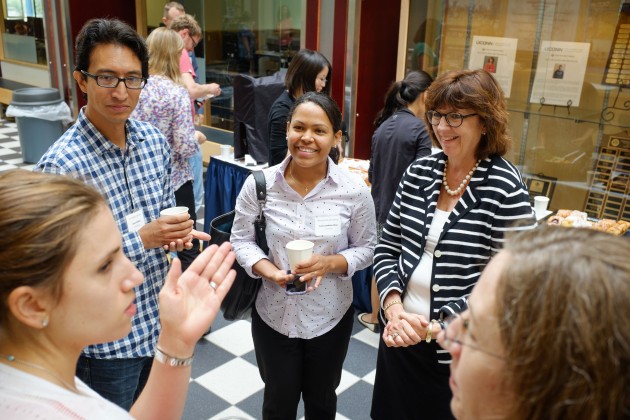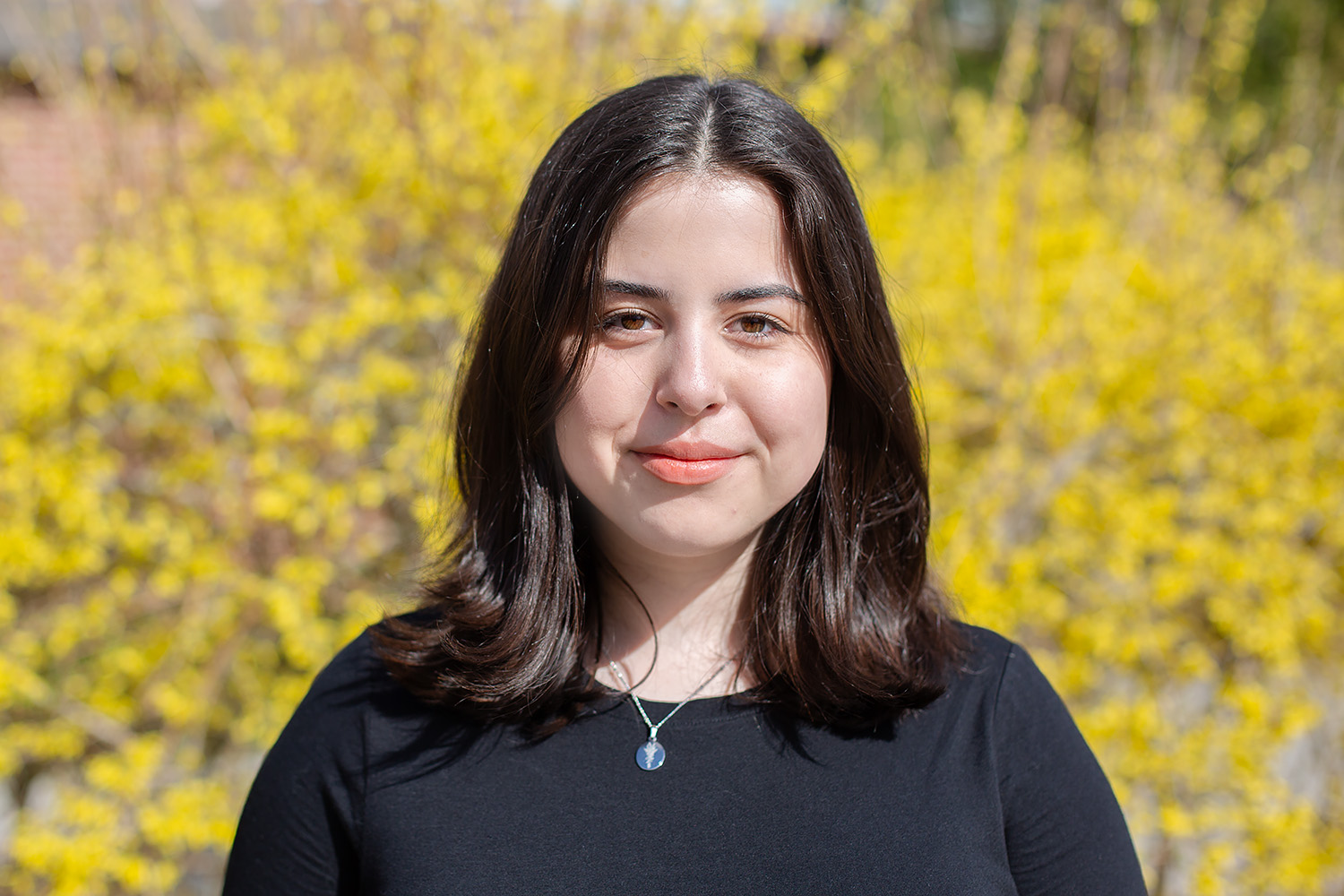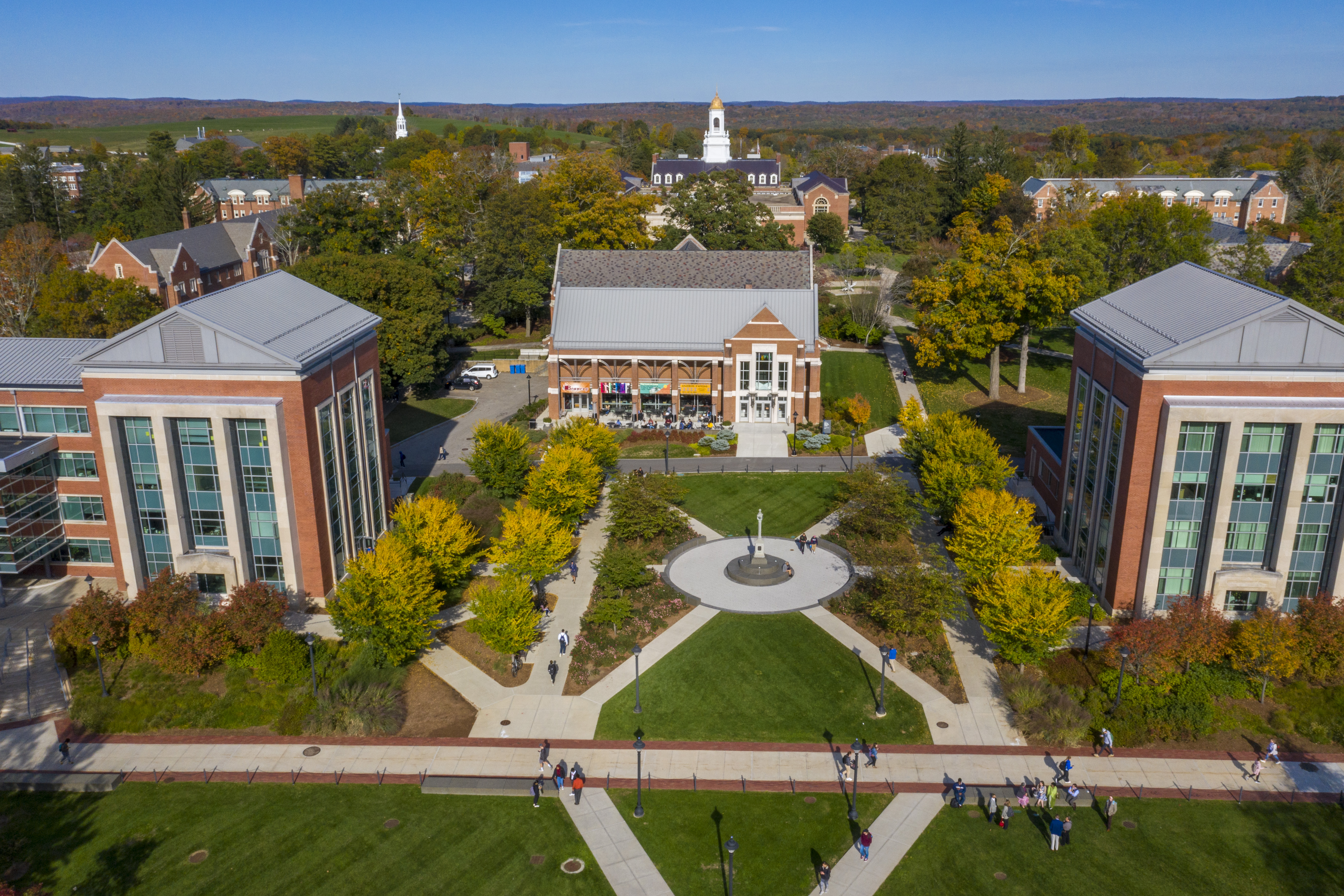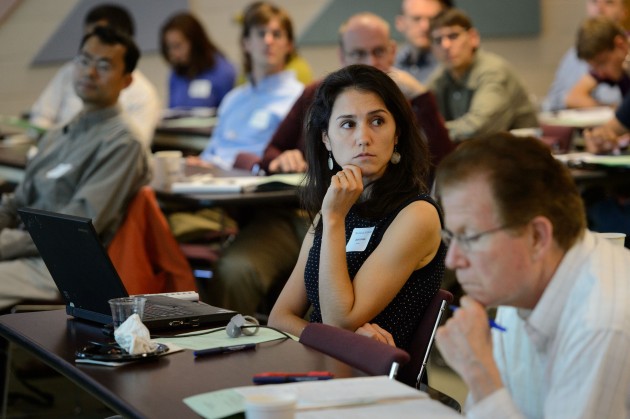
The University of Connecticut’s faculty hiring initiative has drawn hundreds of highly talented educators to UConn in recent years, helping decrease its student-faculty ratio and accelerate its research.
The University has hired 288 tenured or tenure-track faculty since the faculty recruitment initiative began in 2011, and about 75 new faculty members are joining UConn this semester.
UConn Provost Mun Choi told the Board of Trustees at its meeting earlier this month that the University’s student-faculty ratio is now about 15.9 students per 1 faculty member. That’s down from 18:1 in 2011, when trustees approved the hiring plan.
About 4,000 people applied for this year’s positions offered under the hiring plan, which is designed to solidify UConn’s academic core, strengthen research and teaching in key fields, and reduce class sizes.
“We are attracting the cream of the crop when it comes to faculty who will be conducting innovative research and educating our students. That’s at the heart of the University’s core mission, and we’re very proud of these talented new researchers and scholars” Choi said.
“The goal of going down to 15:1 is well within our reach,” Choi told the trustees.
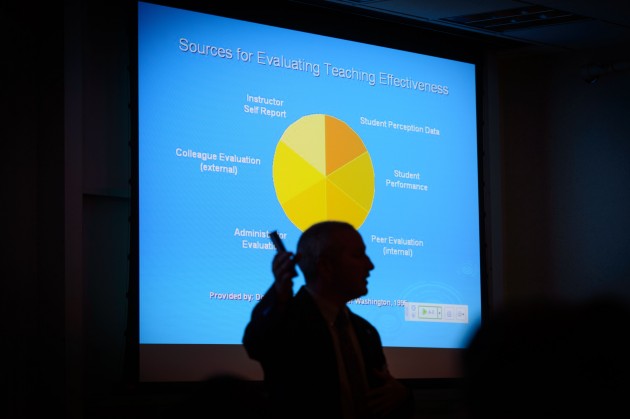
The four-year hiring initiative has been described as one of the most ambitious plans of its type in U.S. higher education – especially in such tight economic times.
UConn has targeted several academic areas for growth, including human rights law and policy; genomics and associated disciplines; environment and sustainability; education policy research; insurance risk and health policy; digital media; and several others.
UConn has recruited professors from several of the nation’s top institutions, including some who gave up tenure at their previous universities because they wanted to be part of UConn’s momentum.
The University held orientation sessions Aug. 20-21 for the new faculty members, to introduce them to UConn’s teaching, service, and research missions, policies and procedures, the campus and surrounding community, and each other.
Some of the institutions from which they come to UConn include Harvard, MIT, University of North Carolina, Yale, Penn State, Johns Hopkins, Brown, Princeton, Northwestern, Maryland, and many other top-tier public and private institutions.
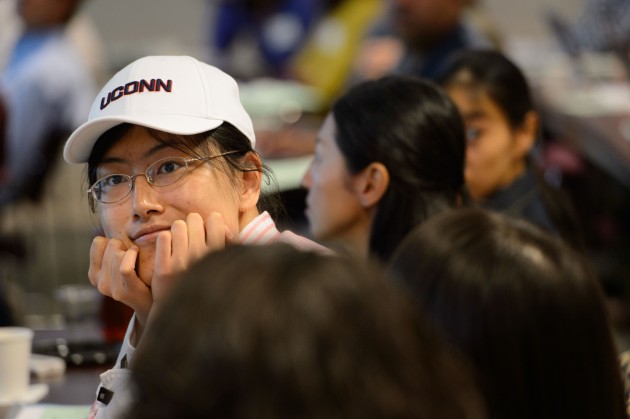
Many of the incoming faculty members earned their Ph.D. credentials at Ivy League schools and other top-tier public and private universities. Their expertise runs the gamut from additive manufacturing to school reform policy, public health, global climate change, family policy, marine sciences, neuroscience, and a host of other specialties.
The new faculty members hired under the recruitment plan come in addition to others being hired as part of the regular process of filling vacancies due to resignations, retirements, and other departures. In all, UConn has hired 477 professors at all ranks since 2011.
Professors already on UConn’s faculty also are posting high achievements in research and other areas, with research grant awards up 7 percent last year, despite the tight competition for federal funding. UConn faculty members also published 70 books in the past year and scores of scholarly articles in academic publications, Choi said.
“Our faculty members are experts who write books that are actually used in classrooms across the nation,” he added, “and we’re very proud of their achievements.”
